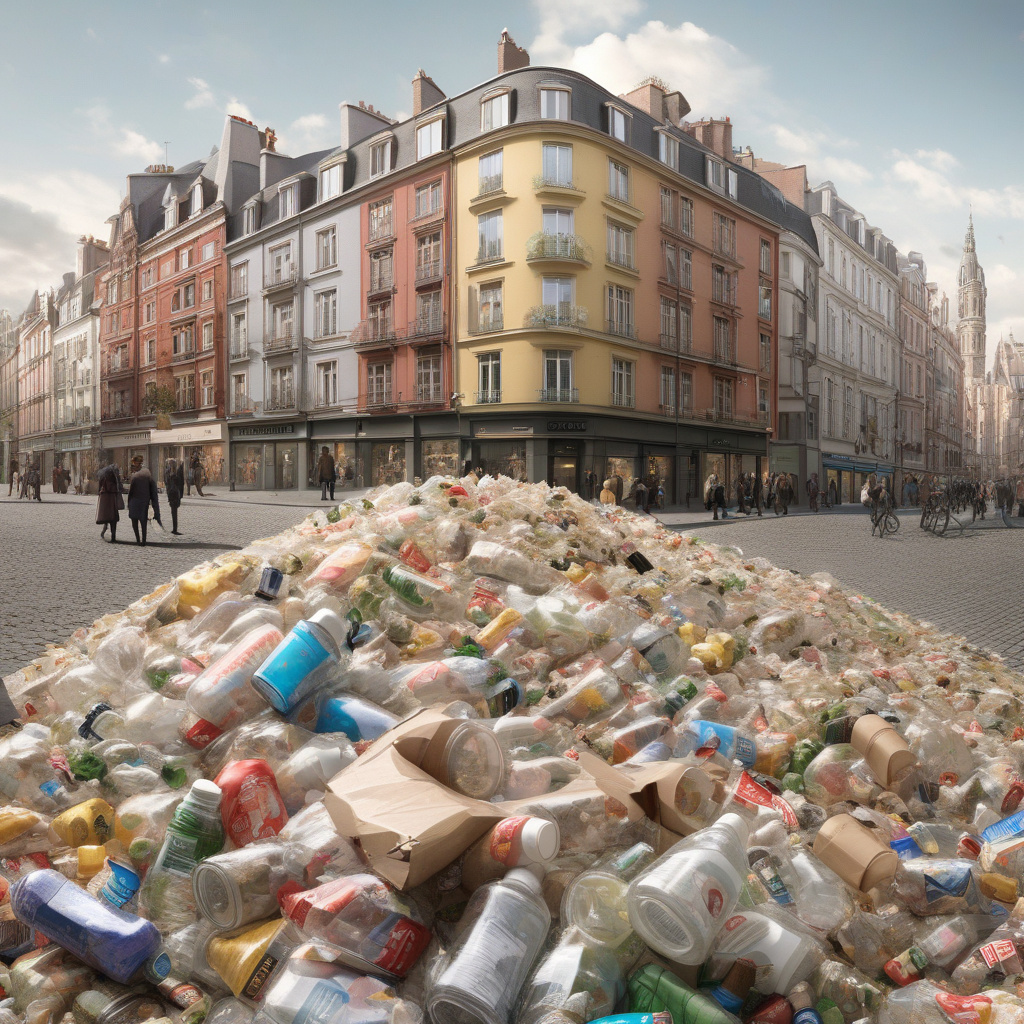Packaging Waste in Europe: Can We Achieve a Circular Economy?
The issue of packaging waste has become a pressing concern in Europe, prompting a growing debate on the necessity of transitioning towards a circular economy model. With the increasing awareness of environmental sustainability and the detrimental impact of single-use packaging on our planet, stakeholders across various industries are now exploring innovative solutions to mitigate the environmental footprint of packaging waste.
In recent years, the European Union has been at the forefront of advocating for a more sustainable approach to packaging. The EU’s Circular Economy Action Plan, launched in 2020, sets out a comprehensive strategy to promote the circularity of products, including packaging, and reduce waste throughout the product lifecycle. The plan outlines key initiatives such as eco-design requirements, extended producer responsibility schemes, and improved waste management practices to create a more resource-efficient economy.
One of the fundamental principles of a circular economy is the concept of “reduce, reuse, recycle.” This approach emphasizes the minimization of waste generation through the design of eco-friendly packaging, the promotion of reusable packaging solutions, and the development of efficient recycling infrastructure. By encouraging the adoption of biodegradable materials, optimizing packaging design to minimize material usage, and implementing deposit return schemes for packaging, companies can significantly reduce the environmental impact of their packaging waste.
Innovative technologies are also playing a crucial role in advancing the transition towards a circular economy for packaging. From bio-based plastics and compostable materials to smart packaging solutions that enable traceability and recycling optimization, a wide range of technologies are being leveraged to revolutionize the packaging industry. For instance, companies like Loop Industries are pioneering the development of sustainable PET plastic made from recycled materials, offering a more environmentally friendly alternative to traditional plastic packaging.
Furthermore, consumer awareness and behavior play a pivotal role in driving the shift towards a circular economy for packaging. As consumers become more mindful of the environmental consequences of their purchasing decisions, there is a growing demand for sustainable packaging options. By choosing products with minimal packaging, supporting brands that prioritize eco-friendly packaging solutions, and actively participating in recycling programs, consumers can contribute to the reduction of packaging waste and the promotion of a circular economy.
Despite the progress made in addressing packaging waste in Europe, there are still challenges that need to be overcome to achieve a truly circular economy. Issues such as cross-border waste management, harmonization of recycling practices, and the lack of standardized labeling for recyclability pose significant barriers to the circularity of packaging. To overcome these challenges, collaboration among policymakers, industry stakeholders, and consumers is essential to drive collective action towards a more sustainable future.
In conclusion, the transition towards a circular economy for packaging in Europe is both a challenge and an opportunity to transform the way we produce, consume, and dispose of packaging materials. By embracing innovative solutions, fostering collaboration across sectors, and raising awareness among consumers, we can work towards a more sustainable and circular packaging system that benefits both the environment and society as a whole.
#PackagingWaste, #CircularEconomy, #Sustainability, #Europe, #InnovationNewsNetwork












